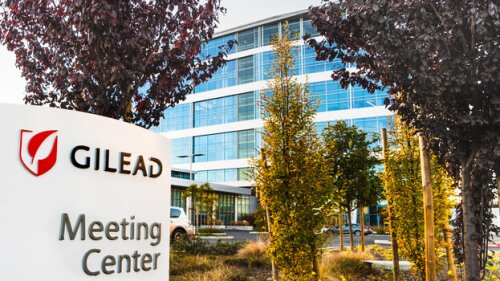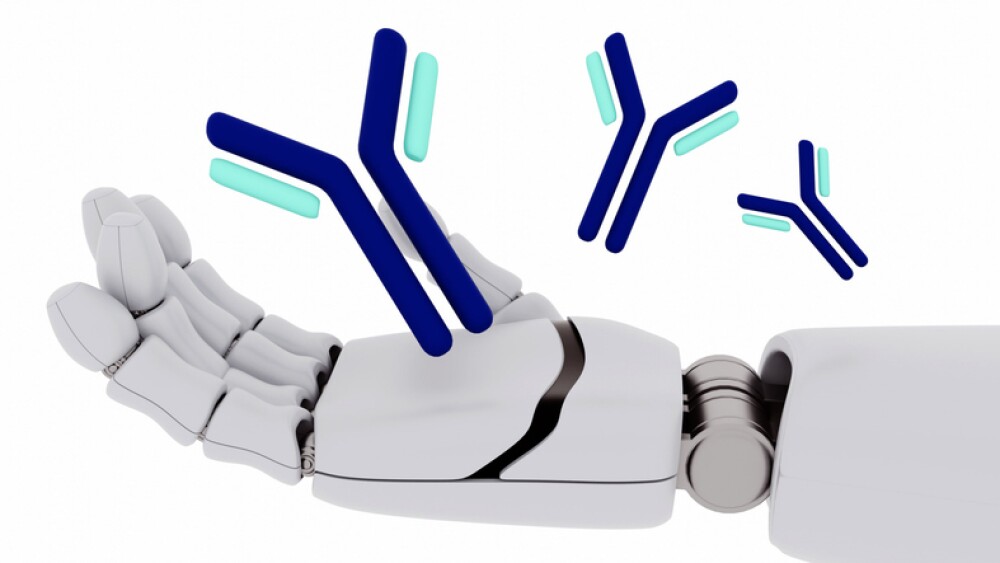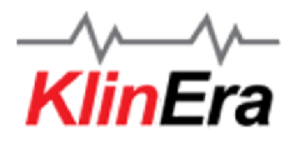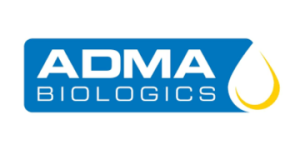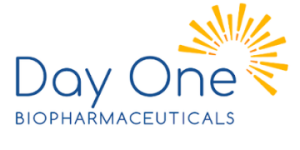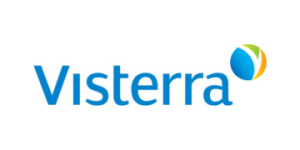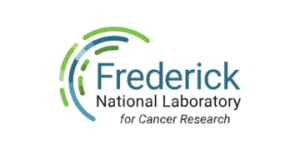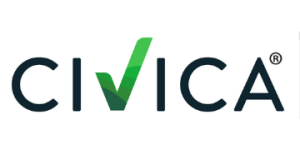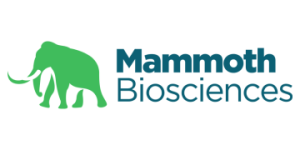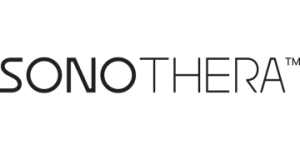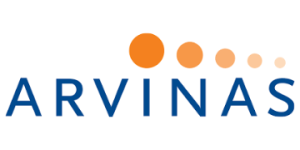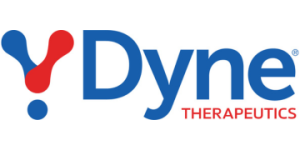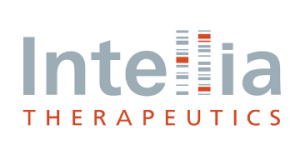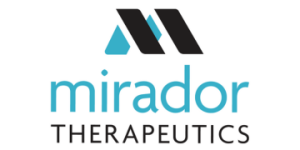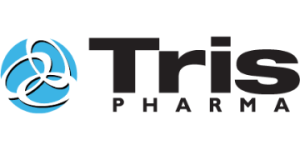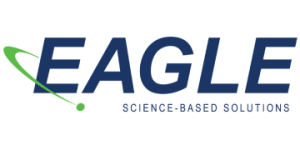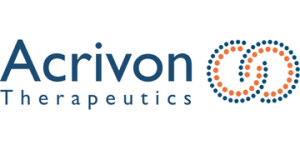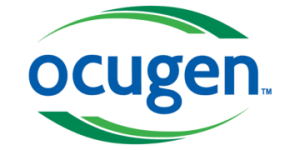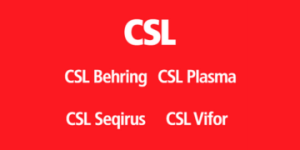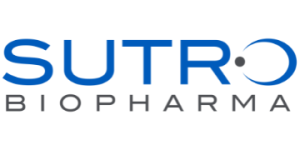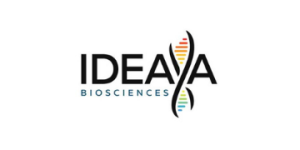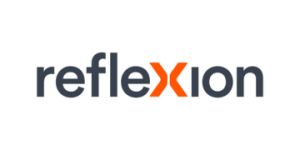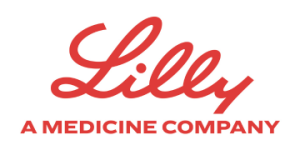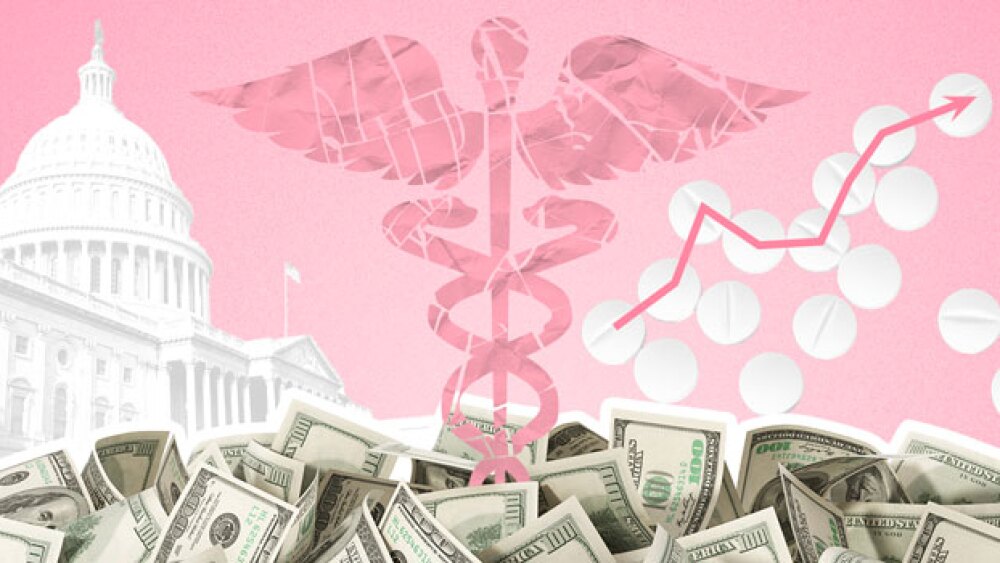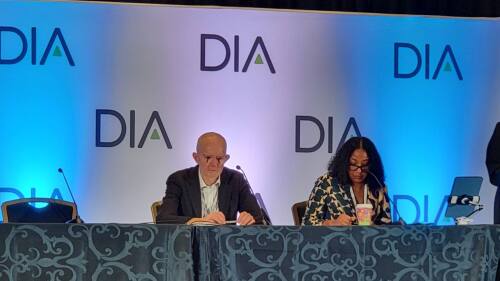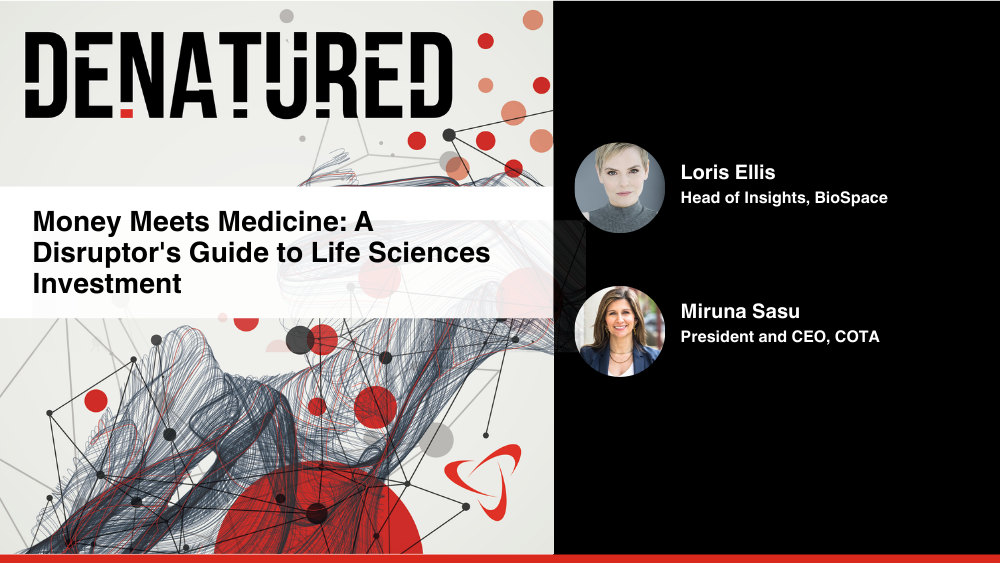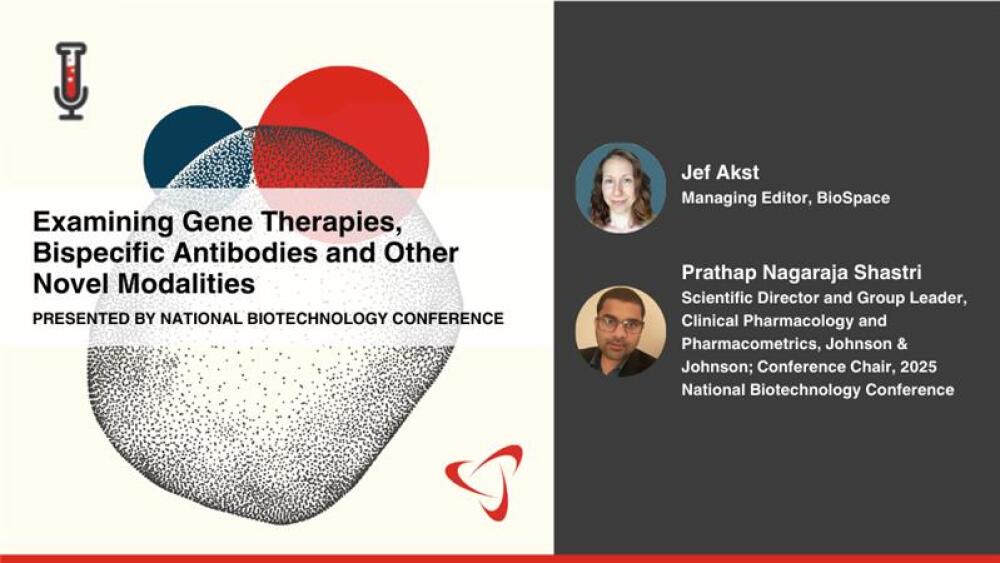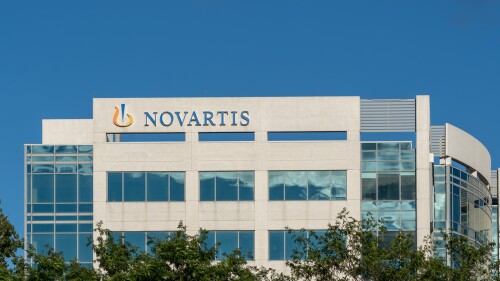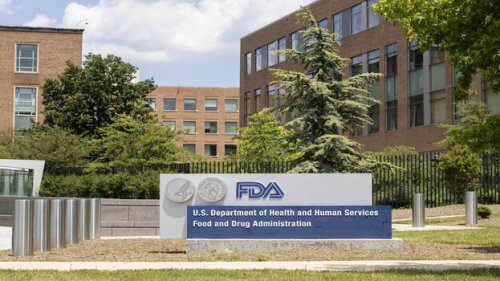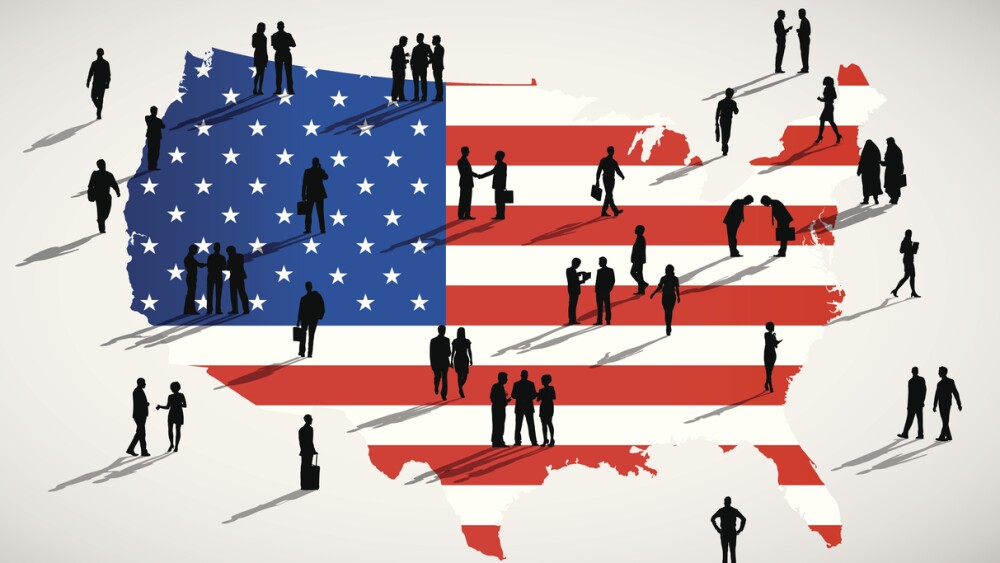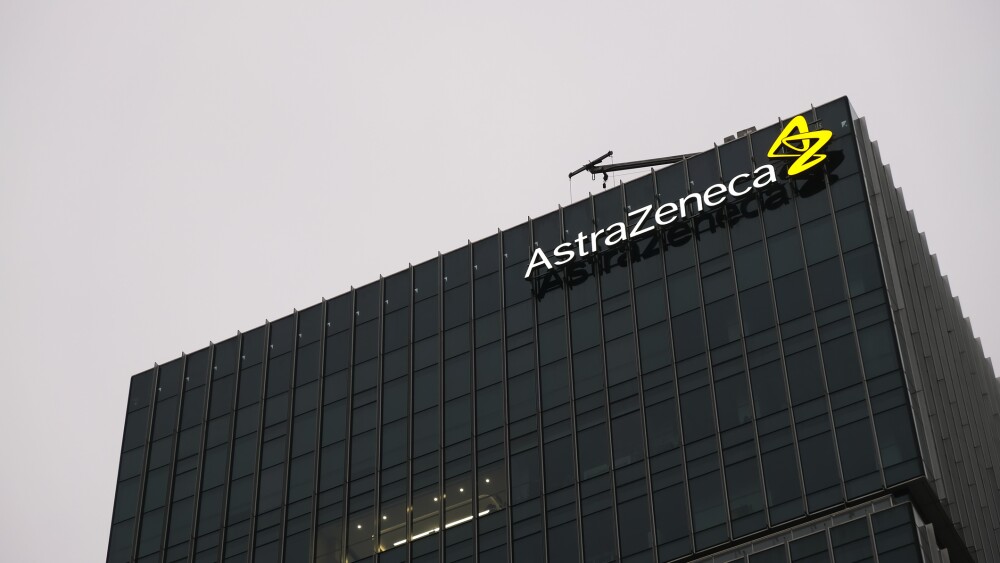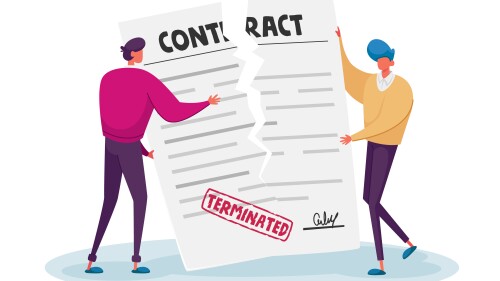Where thousands of former Health and Human Services employees will work next is unknown, but biopharma companies likely aren’t the main destination. Two biopharma executives discuss potential landing spots.
Roche’s exposure to the tariffs is mostly limited to four medicines, three of which it already produces in the U.S., according to CEO Thomas Schinecker, who declined to reveal what these assets are.
In this discussion, our guests explore how recent regulatory changes are shaping the future of AI in drug development in the US market. Watch now.
The deal is a blast from the not-too-distant past, when special purpose acquisition companies were an easy way for companies to list on the public market with a bundle of cash to operate on.
Roche’s Genentech is betting on the Flagship Pioneering–founded company’s discovery platform called DECODE to find new targets for an undisclosed autoimmune disorder.
The so-called ‘Most Favored Nations’ rule would set drug pricing for Medicare in line with the prices paid by other nations, where drugs can be much cheaper.
FEATURED STORIES
AI is enabling the development of a next generation of drugs that can more precisely target cancer cells while sparing healthy tissues.
After the gutting of the Department of Health and Human Services, fears mount about the future direction of the FDA—with regulatory experts predicting delays in drug approvals and greater influence of political appointees.
As the biopharma industry grapples with the uncertain macro environment brought on by the new administration, CEOs, regulators and many others speak out.
FROM BIOSPACE INSIGHTS
Federal funding and legislation spotlight women’s health opportunities and challenges.
LATEST PODCASTS
In this episode of Denatured, BioSpace’s Head of Insights Lori Ellis and Miruna Sasu, CEO of COTA, discuss life sciences investment and the potential for disruption.
As FDA seeks to rehire some fired employees, Donald Trump threatens to enact tariffs on pharma companies unless they reshore manufacturing; another lawsuit hits the complex GLP-1 compounding space as Eli Lilly offers expanded Zepbound options; and struggling gene therapy biotech bluebird bio goes private in an attempt to stay solvent.
At the 2025 National Biotechnology Conference, gene therapies, bispecific antibodies and other novel modalities—relative newcomers to medicine—will be much discussed. In this curtain raiser, BioSpace speaks with conference chair Prathap Nagaraja Shastri of J&J about these highly anticipated topics.
Job Trends
CytomX’s workforce cuts could leave the biotech with fewer than 75 employees as it focuses resources on its wholly owned clinical-stage programs, most notably an antibody-drug conjugate for advanced metastatic colorectal cancer.
Subscribe to Genepool
Subscribe to BioSpace’s flagship publication including top headlines, special editions and life sciences’ most important breaking news
SPECIAL EDITIONS
In this deep dive, BioSpace examines how small, medium and large companies are using artificial intelligence and machine learning to enhance their drug discovery efforts.
In this job market report we’re reviewing life sciences job market movement in Q3 and what to expect for Q4 and beyond.
In this special report, BioSpace examines how the biopharma industry is grappling with impending consequences of the Inflation Reduction Act.
DEALS
-
Biogen’s effort to buy Sage against the board’s wishes and a long-time effort by investor Alcorn to scuttle Aurion’s IPO underscore the cutthroat nature of biopharma dealmaking.
-
Novartis was among the most prolific pharma dealmakers in 2024, a trend that it expects to continue with more bolt-on deals this year to set up for sustainable long-term growth.
-
Sanofi’s jump in earnings comes with an increased emphasis on R&D and vaccines, plus an eye cast toward M&A to shore up its pipeline.
-
The J.P. Morgan Healthcare Conference started off with a flurry of deals that reinvigorated excitement across the biopharma industry. Johnson & Johnson moved to acquire Intra-Cellular Therapies for $14.6 billion, breaking a dealmaking barrier that kept Big Pharma’s 2024 biotech buyouts to under $5 billion.
-
Donald Trump continues to make waves in biopharma; Sage rejects Biogen’s unsolicited takeover offer; the obesity space sees more action with new company launches, IPOs and fresh data; and experts get ready for an important era in the Duchenne muscular dystrophy space.
WEIGHT LOSS
-
The company unveiled plans last week to test its GLP-1/glucagon dual receptor agonist in alcohol use disorder and alcohol-related liver disease.
-
As obesity drug developers compete for the highest weight-loss efficacy, experts contend that overall health outcomes—evidenced by successful studies in therapeutic areas like cardiovascular and sleep apnea—may prove a greater market advantage.
-
The Maryland-based biopharma joins Eli Lilly and Novo Nordisk in trialing a GLP-1 agonist for alcohol- and liver-related conditions.
-
Roche and Zealand plan to study petrelintide as a monotherapy and in combination with CT-388, a dual agonist of the GLP-1 and GIP receptors that Roche picked up in its recent acquisition of Carmot Therapeutics.
-
BioSpace remembers COVID-19 five years after the pandemic was declared, Novo Nordisk’s CagriSema again misses expectations as the company joins a lawsuit filed by drug compounders against the FDA, Viking secures ample supply of its investigational obesity medication, J&J strikes out in depression, and Makary and Bhattacharya near confirmation.
FDA
-
The FDA was scheduled to release its decision on Novavax’s updated, protein-based COVID-19 vaccine on April 1, but the agency’s principal deputy commissioner intervened.
-
Following the dramatic late-night resignation of Peter Marks last Friday, Steele, a senior advisor to the division, takes the reins in a department inside an agency beset by cuts, layoffs, and confusion.
-
With the recently announced layoffs of 3,500 FDA staffers and exits of branch directors Patrizia Cavazzoni and Peter Marks, there could be a wealth of talent available to biopharma companies. Does this pose an ethical quandary? It depends on who you ask.
-
Already reeling from years of market chaos, the announced departure of CBER chief Peter Marks sent a ripple across biopharma markets.
-
The latest cuts, which are part of a larger reduction of 10,000 at the Department of Health and Human Services, were reportedly underway Tuesday, with CDER Office of New Drugs Director Peter Stein added to the list of casualties.
For biopharma executives who are between roles, navigating the transitionary time can be challenging. However, they can remain visible and valuable so they’re ready to seize their next big opportunity.
In a tough labor market where layoffs continue, some are considering—or even moving—from industry to academia, according to a BioSpace poll. A career coach, scientist and general practitioner turned research coordinator share their thoughts.
Learn how to craft a resume that stands out by exploring 10 common resume mistakes and how to avoid them.
Carlos Doti has moved countries and changed jobs, but one thing hasn’t changed. Making an impact on patient care has always been a priority for the AstraZeneca executive.
Managers face a variety of challenges during their careers. Instead of falling into fight or flight, develop resilience to navigate the uncertain moments that pop up from time to time.
In our comprehensive guide to salary negotiation, we’ll teach you what a market salary is, how to research a market value salary and, ultimately, how to negotiate your salary according to market value.
HOTBEDS
REPORTS
BioSpace surveyed life sciences employers to understand attitudes and current trends on AI usage in recruiting. This report explores the benefits of using AI tools in recruitment and provides practical recommendations for HR and talent acquisition professionals to leverage AI effectively. Concurrently, this report highlights the challenges and risks of using these tools without critical thought and intention.
As competition for life sciences talent peaks, BioSpace has undertaken research to determine what employers can do to ensure they don’t lose out on talent they actually want to hire and retain.
If people are your greatest asset, it is imperative that your organization maintains a positive employer brand presence and talent pipeline. This report covers how you can build a strong employer brand with prospective employees, current employees - and former employees.
CANCER
-
Monday was a busy day for AstraZeneca, which also paid up to $1 billion to acquire Belgian biotech EsoBiotec and its cell therapy pipeline and technology.
-
Japan-based Taiho Pharmaceutical has worked with Araris Biotech since 2023 developing antibody-drug conjugates for the oncology space.
-
Pfizer was studying PF-07820435, an orally available agonist of the STING protein, for solid tumors.
-
While Houston isn’t yet on the same level as major life sciences hubs, it has plenty to offer and room to grow, according to CNS Pharmaceuticals, RadioMedix and Greater Houston Partnership executives.
-
Johnson & Johnson and Legend Biotech hope to hit blockbuster status for Carvykti this year.
NEUROSCIENCE
-
Analysts do not believe the Phase III stumble for aticaprant will derail J&J’s broader neuroscience strategy, particularly given its recent $14.6 billion acquisition of Intra-Cellular Therapeutics and the success of Spravato for treatment-resistant depression.
-
The new formulation of Keytruda, currently under FDA review, is sparking conflict with Halozyme, which makes enzymes that convert intravenous drugs into injectable versions.
-
Biohaven in recent months has reported a clinical stumble in spinal muscular atrophy, alongside a Phase I readout for its protein degrader candidate that investors found underwhelming.
-
After failing to hit the primary endpoint in a Phase III trial, Neumora is remixing study parameters in two replicate trials, with data expected in the first half of 2026.
-
Despite not differentiating itself from placebo, the Texas-based company said it plans to push pilavapadin into Phase III trials before long.
CELL AND GENE THERAPY
-
In this deep dive, BioSpace explores the diverse therapeutic modalities now in development, as well as the opportunities and battles for market dominance in this emerging space.
-
On the agenda for the FDA this month are two RNA-based treatments for rare diseases.
-
The search for a partner for zerlasiran is ongoing, according to Silence. In the meantime, the biotech will focus its resources on divesiran, which it is testing for polycythemia vera and other hematologic indications.
-
ITF, IntraBio and Orchard are among the companies that have won FDA nods in the past year for Duchenne muscular dystrophy, Niemann-Pick disease type C, metachromatic leukodystrophy and more.
-
The companies were two years into a four-year, $400 million agreement aimed at developing and marketing gene therapies together.


